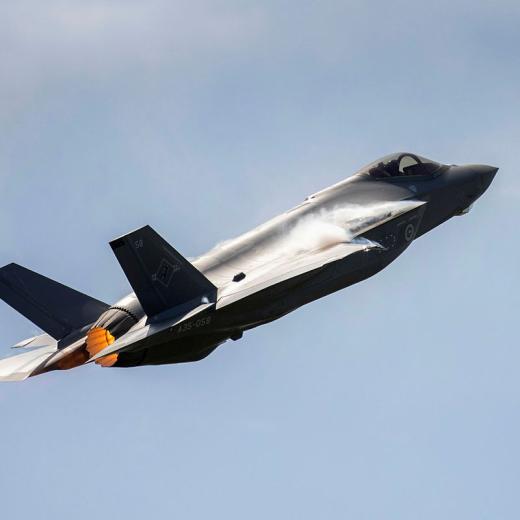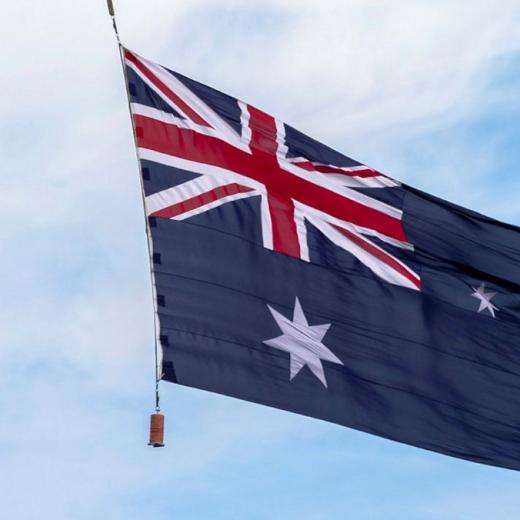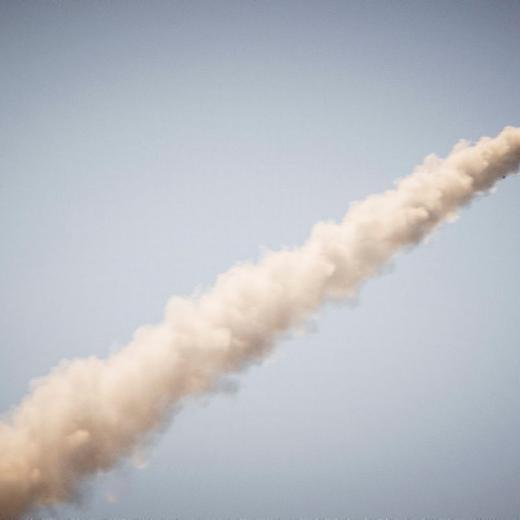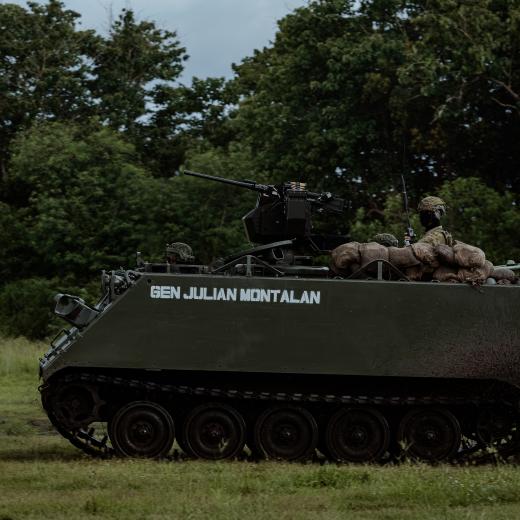BLUF
Lessons learned from Middle East Operations are applicable in both contested and uncontested air environments.Summary
The U.S. (like Australia) has moved from the Middle East to the Indo–Pacific. Lessons learned from recent Middle East operations are as follows:
The U.S. Air Force must still prepare for more proxy wars similar to Syria.
- Importance of Deliberate targeting.
- Integrating air and ground-based operations.
- Preparing for contested airspace requires:
- More offensive platforms and improved firepower.
- Reducing the 72-hour air-tasking cycle.
- More intelligence surveillance and reconnaissance aircraft for ground operations and deliberate targeting.
- Accepting more risk and inefficiency to win.
- Improving the ability to find mobile targets.
- Giving pilots more autonomy as communications are likely to be disrupted.
- Recognising the surface-to-air missile threat precludes U.S. aircraft loitering.
- Training U.S. forces in information and communication-degraded environments.
- Improving air-to-ground integration.
- Updating doctrine to ensure coordinated air, sea, and ground missile strikes.
- Improving the ability to integrate fires from multiple domains and battlespace management.
References
- Feb 2021 Air force Times Air war against ISIS holds lessons for future battles
- Mar 2021 Sandbox Shock and Awe: the air war against the Islamic State
- Apr 2021 The Strategist Biden’s plan: out of Afghanistan, into the Indo-Pacific
- Aug 2021 The Strategist Lessons from Afghanistan





